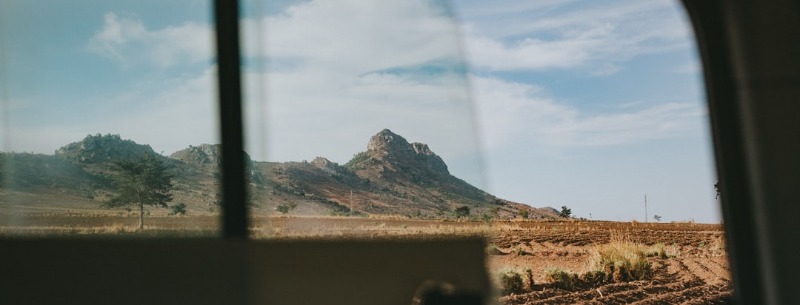Warm Heart of Africa
Landlocked Malawi is perfectly described as ‘the Warm Heart of Africa’. It is one of the safest and friendliest countries in all Africa and an ideal destination for the first time visitor to Africa. This small country is blessed with high mountain plateaus, many national parks, and game reserves, and also a massive inland sea: Lake Malawi. You can relax and take it easy or have an action-packed trip. It’s up to you!

Malawi shares borders with Tanzania, Mozambique, and Zambia. Lake Malawi, the third-largest lake in Africa, is the dominant feature of the country, forming the eastern boundary with Tanzania and Mozambique. The scenery varies in the country’s three regions:
- The Northern Region is mountainous, with the highest peaks reaching over 2500m (8200ft), and features the rolling Nyika Plateau, rugged escarpments, valleys and the thickly forested slopes of the Viphya Plateau.
- The Central Region is mainly a plateau, over 1000m (3300ft) high, with fine upland scenery. This is the country’s main agricultural area.
- The Southern Region is mostly low-lying except for the 2100m- (6890ft-) high Zomba Plateau south of Lake Malawi and the huge, isolated Mulanje Massif (3000m/10,000ft) in the southeast. The variety of landscapes and the wildlife it supports make this relatively unspoiled country particularly attractive to visitors.
Key Points
- The Malawian people are its greatest asset; friendly and welcoming, most of them live in fascinating traditional rural African villages
- English is the official language of Malawi
- Malawi has five National Parks: Kasungu, Lengwe, Liwonde, Lake Malawi and Nyika
- Lake Malawi is often called the ‘Lake of Stars’ because of the glittering on its surface produced by reflected light
- Lake Malawi contains the largest number of fish species of any lake in the world
- Nyika National Park is renowned for its orchids
- Malawi is a great all-year-round holiday destination
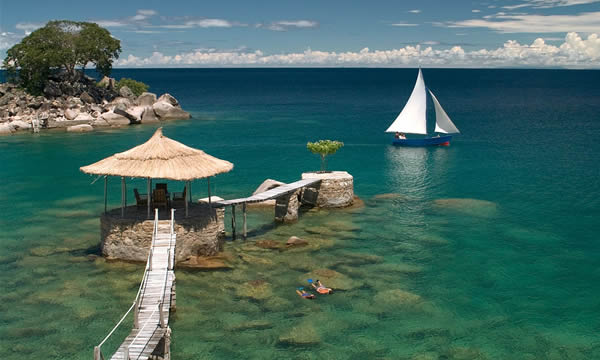
Must-see attractions
Lake Malawi is the most popular destination in Malawi, famous for its sandy beaches and abundance of fish, but there are many other exciting places worthy of attention. Visit national parks, mountains, flood plains, and wildlife reserves, and combine these excursions with relaxing in peace and tranquility on the shores of the great lake.
Lake Malawi
Lake Malawi is the southernmost lake of the three large, freshwater lakes situated in the rift valley of East Africa. It is 365 miles long and 52 miles across. It has the richest variety of tropical fish of any freshwater lake in the world.
Visit the long stretches of totally uninhabited, golden shoreline and crystal clear waters.
Their many water sports available include kayaking, sailing, snorkeling, scuba diving. You can also visit one of the many traditional fishing villages along the shore.
Viphya Highlands
This is a wonderful area for those seeking a combination of stunning scenery and solitude. The plateau rises to 6000ft and provides an ideal area to unwind. A great place for trekking, mountain biking and other activities. Though not a safari destination, the bird watching is excellent and the forest is home to many small mammals.
Likoma Island
One of the most isolated and beautiful destinations in Malawi, Likoma lies in Mozambique waters and is worth seeing for the cathedral the size of Winchester Cathedral, which was built upon it at the beginning of the 20th Century.
The market is an interesting and lively place, and a huge baobab tree, taken over and killed by a strangler fig, is now used by the traders as a cool storeroom. Rocky coves and sandy beaches abound, and this is a perfect spot for snorkeling, scuba diving or paddling in a local dugout canoe.

Liwonde National Park
Located in southern Malawi, Liwonde is the country’s premier game viewing national park and has been described as ‘another Eden’. A diversity of animals includes large numbers of elephant and sable antelope, and the black rhino has also been reintroduced. Liwonde has some of the highest densities of hippo in Africa, sharing the waters of the Shire River with some very large crocodiles. It is also famous for its birdlife, with over 400 species recorded.
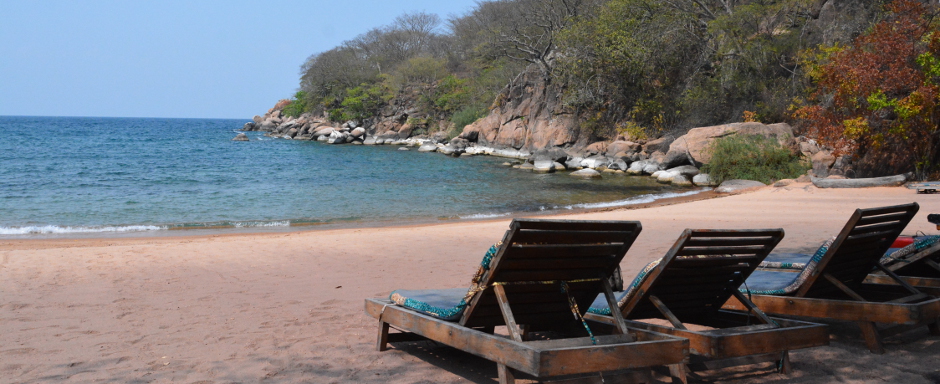
Cape Maclear
Cape Maclear is located in the world’s first freshwater national park, Lake Malawi National Park, which includes a land area as well as lake and water islands. Tropical fish provide a colorful kaleidoscopic display. Thousands of freshwater fish are more abundant and varied than anywhere else in the world. Hire a boat and feed the fish directly from the hand!
Nyika National Park
This is the oldest national park in Malawi, and also the biggest. The Nyika Plateau, in the north of Malawi, is home to a vast array of plants and birds. You can also see bigger game like zebra, hyena, and jackal. Experience horse riding, mountain biking, and driven safaris. From 3000 feet and higher, see beautiful views of Tanzania across the lake.
“…it was unlike anything else. It was deep in the heart of Africa, filled with the animals of Africa, and yet it was covered with the grasses, the flowers and the colors of Europe.” Laurens van der Po
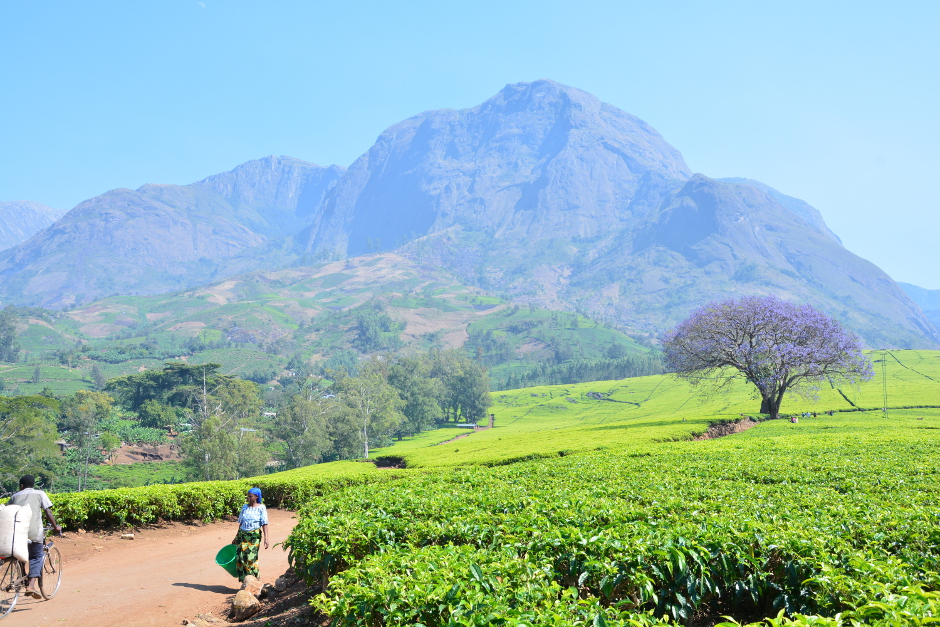
When to visit
Although very pleasant all year round, the climate in Malawi varies depending on how high up you are. The hotter times of year are more bearable in the highlands or on the breezy shores of Lake Malawi.
Malawi’s climate
Malawi’s tropical climate is moderated across much of the country by altitude; the dry season lasts from April through to November while the wet season lasts some four months, December to March.
Squeezed in between these two seasons is a hot and rather humid period which generally characterizes November and early December. Over the last decade or so, the wet season has often been delayed. Rains that used to start in early December now, quite regularly, don’t occur until the New Year.
Even in the so-called wet season, the rains are usually short-lived storms, as is typical of the tropics, and at no time does the climate seriously inhibit the traveler.
Much of the country is at an altitude which keeps potentially high temperatures down to very acceptable levels. Only in the Lower Shire Valley can temperatures become unpleasantly high, and then only in the summer months.
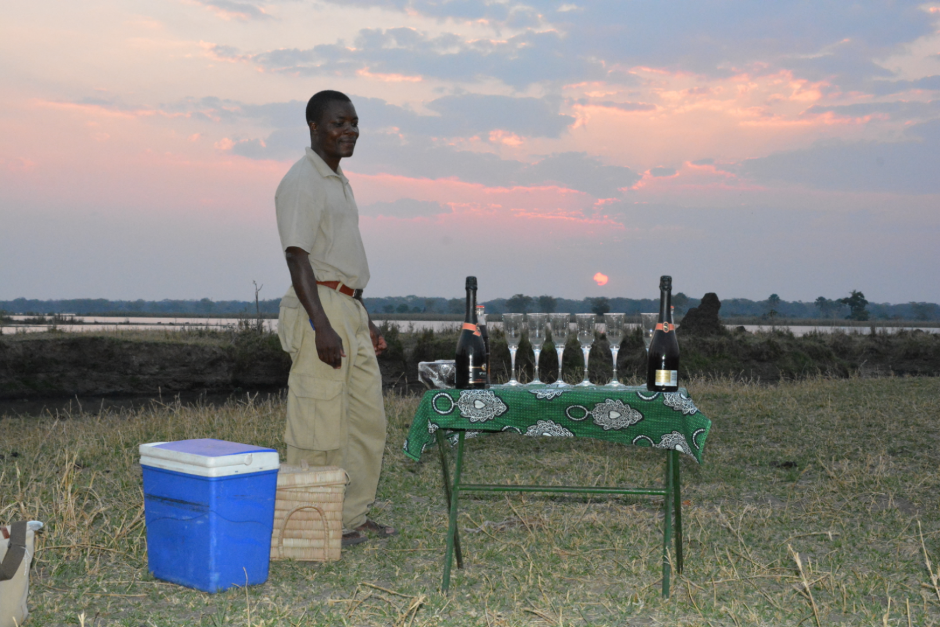
Although the period May to October is often described as the ideal time to travel in Malawi, the rainy season ( December to March) is attractive for the displays of orchids and other flowers on Nyika Plateau, for birdwatching in some of the Reserves and for seeing Malawi’s vegetation at its most lush. The main drawback of a visit in the wet season is in driving the dirt roads including those within the game parks. You should also bear in mind that, as everywhere, game viewing is best towards the end of the dry season.
